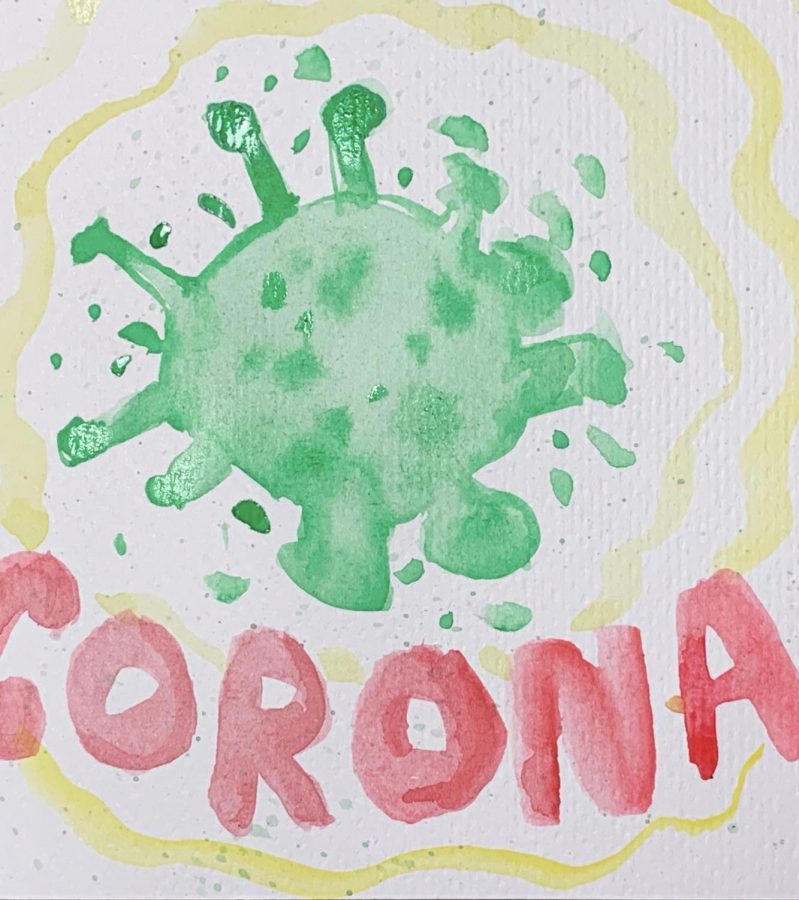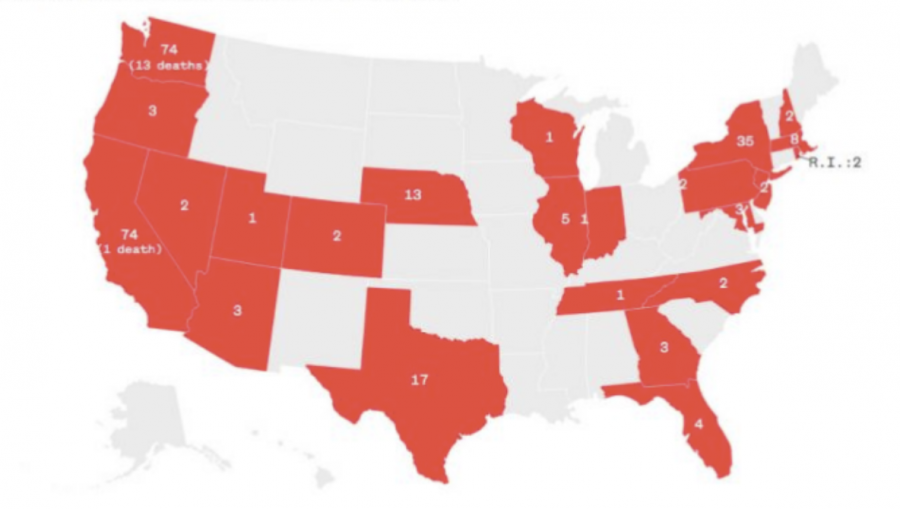Juniors: talk to any person of a generation older than you about the college process, or even school in general, and he or she will most likely ask you about the SAT. Not the ACT. The SAT. Why? Because, before 2012, the number of students who took the SAT surpassed the number who took the ACT.
In 1986, 730,000 students took the ACT whereas 1,000,748 took the SAT, according to the National Center for Fair and Open Testing. In the years between then and now, the margin of difference has decreased. For example, in 2006, 1,206,455 took the ACT and 1,465,744 took the SAT, and, in 2012, 1,538 more students took the ACT than the SAT. The National Center for Fair and Open Testing predicts that this trend will continue.
“I think that, since the ACT is new, everyone is looking to see if they will do better there than on the SAT,” said Melissa Beretta ’14.
The ACT has an English, Math, Reading, Science and optional Writing section whereas the SAT has only a Critical Reading, Math and Writing section.
“A lot of people forget that standardized tests have specifics about them that make them hard or easy for certain people, and it’s all about personal preference,” said Beretta.
“The diversified types of questions are preferred,” guidance counselor Ed Hyudic explained.
Hyudic said that, although he didn’t know hard numbers off-hand, it appears to him that the majority of this year’s graduating class took the ACT. The guidance counselors advise students and parents to try both the ACT or SAT, or at least research each online to decide which is a better fit for the students.
“I started off with the SAT, but I hadn’t realized that the ACT allowed me to better demonstrate my talents, so now I’m switching over,” said Hannah Lewis ’14.
Hyudic thinks that having more than one option is positive for students.
“It’s a good thing. It’s a viable alternative that gives students [the opportunity] to put their best foot forward in the standardized testing part of the college game,” he said.





















































